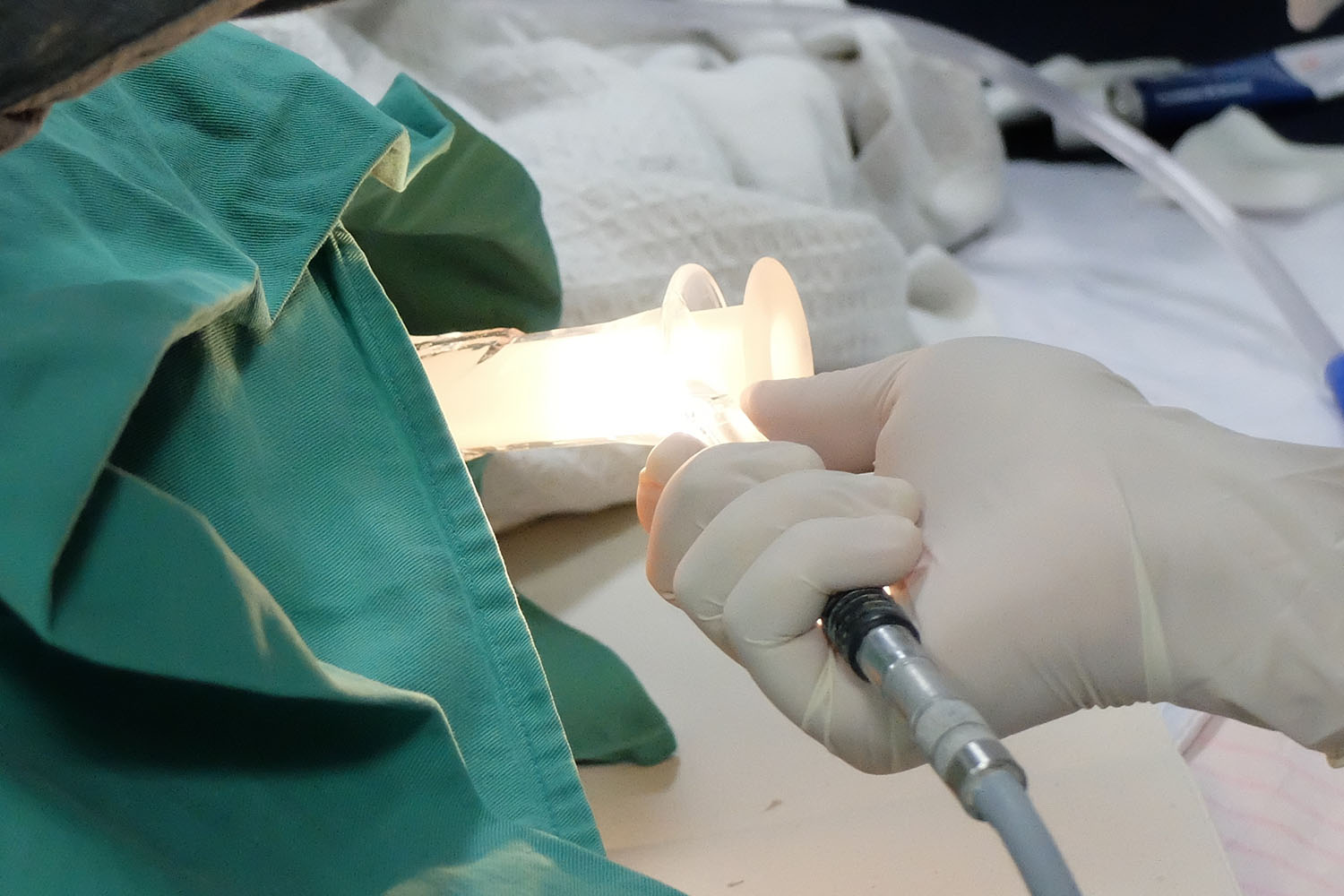
Proctoscopy might sound intimidating, but it's a straightforward medical procedure. Proctoscopy involves examining the rectum and lower part of the colon using a tool called a proctoscope. This procedure helps doctors diagnose issues like hemorrhoids, polyps, and even colorectal cancer. Proctoscopy is usually quick, often taking less than 10 minutes. Patients might feel some discomfort, but it's generally not painful. Preparation involves a simple enema to clear the rectum. Proctoscopy offers a clear view, making it easier for doctors to spot problems early. Knowing what to expect can ease any anxiety about the procedure.
What is Proctoscopy?
Proctoscopy is a medical procedure used to examine the inside of the rectum and the lower part of the colon. It helps doctors diagnose issues like hemorrhoids, polyps, and tumors. Here are some fascinating facts about proctoscopy.
-
Proctoscopy is a minimally invasive procedure. It involves inserting a thin, tube-like instrument called a proctoscope into the rectum.
-
The proctoscope has a light and a lens. This allows doctors to see the inside of the rectum clearly.
-
Proctoscopy can detect early signs of colorectal cancer. Early detection is crucial for successful treatment.
-
The procedure usually takes about 10 minutes. It's quick and often done in a doctor's office.
-
Patients may feel slight discomfort. However, it's generally not painful.
-
No special preparation is needed. Unlike colonoscopy, proctoscopy doesn't usually require bowel prep.
Why is Proctoscopy Important?
Understanding the importance of proctoscopy can help alleviate any anxiety about the procedure. It's a vital tool for diagnosing various conditions.
-
Proctoscopy can identify hemorrhoids. Hemorrhoids are swollen veins in the rectum that can cause pain and bleeding.
-
It helps in diagnosing anal fissures. These are small tears in the lining of the anus.
-
Polyps can be detected. Polyps are growths that can turn into cancer if not removed.
-
Proctoscopy can find rectal tumors. Early detection of tumors can lead to better treatment outcomes.
-
It aids in diagnosing inflammatory bowel diseases. Conditions like Crohn's disease and ulcerative colitis can be identified.
-
Proctoscopy can help locate sources of rectal bleeding. Identifying the source is crucial for proper treatment.
How is Proctoscopy Performed?
Knowing what to expect during a proctoscopy can make the experience less daunting. Here's a step-by-step look at the procedure.
-
The patient lies on their side. Usually, the left side with knees drawn up to the chest.
-
A lubricated proctoscope is gently inserted. This minimizes discomfort.
-
Air may be introduced into the rectum. This helps expand the area for better visibility.
-
The doctor examines the rectum. They look for abnormalities like polyps or tumors.
-
A biopsy may be taken. If something unusual is found, a small tissue sample might be collected for further analysis.
-
The proctoscope is then removed. The procedure is complete, and the patient can usually go home shortly after.
Who Needs a Proctoscopy?
Certain symptoms or medical conditions may necessitate a proctoscopy. Here are some reasons why someone might need this procedure.
-
Persistent rectal bleeding. Unexplained bleeding should always be investigated.
-
Chronic diarrhea or constipation. These symptoms can indicate underlying issues.
-
Unexplained abdominal pain. Especially if it's accompanied by other symptoms.
-
Family history of colorectal cancer. Regular screenings can be life-saving.
-
Previous diagnosis of polyps. Follow-up exams ensure they haven't returned.
-
Changes in bowel habits. Sudden changes can be a sign of a problem.
Risks and Complications
While proctoscopy is generally safe, it's important to be aware of potential risks and complications.
-
Minor bleeding may occur. Especially if a biopsy is taken.
-
Infection is rare but possible. Proper sterilization minimizes this risk.
-
Perforation of the rectum is extremely rare. This is a serious complication but happens very infrequently.
-
Discomfort and cramping. Some patients may experience mild cramping during or after the procedure.
-
Allergic reactions to lubricants or anesthesia. Inform your doctor of any allergies beforehand.
-
False negatives or positives. No test is perfect; sometimes abnormalities can be missed or misidentified.
After the Procedure
Understanding what happens after a proctoscopy can help you prepare and recover more comfortably.
- Results are usually quick. Your doctor will discuss findings and next steps with you.
Wrapping Up Proctoscopy Facts
Proctoscopy might sound intimidating, but it's a straightforward procedure that plays a crucial role in diagnosing and treating various conditions. From detecting hemorrhoids to screening for colorectal cancer, this tool is invaluable for doctors. Knowing what to expect can ease any anxiety about the process. Remember, early detection of issues can lead to more effective treatments and better outcomes. If your doctor recommends a proctoscopy, it's for a good reason. Don't hesitate to ask questions or express concerns. Your health is worth it. By understanding these 31 facts, you're better prepared and informed. Stay proactive about your health and keep these insights in mind. Proctoscopy is just one of many tools in modern medicine's arsenal, helping to keep us healthy and informed.
Was this page helpful?
Our commitment to delivering trustworthy and engaging content is at the heart of what we do. Each fact on our site is contributed by real users like you, bringing a wealth of diverse insights and information. To ensure the highest standards of accuracy and reliability, our dedicated editors meticulously review each submission. This process guarantees that the facts we share are not only fascinating but also credible. Trust in our commitment to quality and authenticity as you explore and learn with us.
